At a dock on Cape Cod’s Buzzards Bay, a gaggle of researchers and marine biology college students lie on their stomachs, peering over the wood planks to look at what dwelling issues are caught beneath.
Utilizing fishing nets and kitchen spatulas, they scrape samples into plastic trays for a more in-depth look. Kristin Osborne, a sea squirt professional and assistant professor on the Massachusetts Maritime Academy, likes to make use of her naked fingers.
“I stated I wasn’t gonna get down right here and do that, however I can not assist myself,” Osborne stated with fun whereas reaching into the chilly ocean. She has a sea squirt tattoo on her left center finger.
Sea squirts are a sort of filter feeding marine invertebrate formally referred to as tunicates. These colourful blobs can squirt water when faraway from their aquatic properties, incomes them the nickname.
Some tunicates are native to New England, however most of what this analysis group finds are invasive species. Scientists consider a scarcity of predators and hotter ocean waters attributable to local weather change are serving to non-native sea squirts thrive up and down the New England Coast.
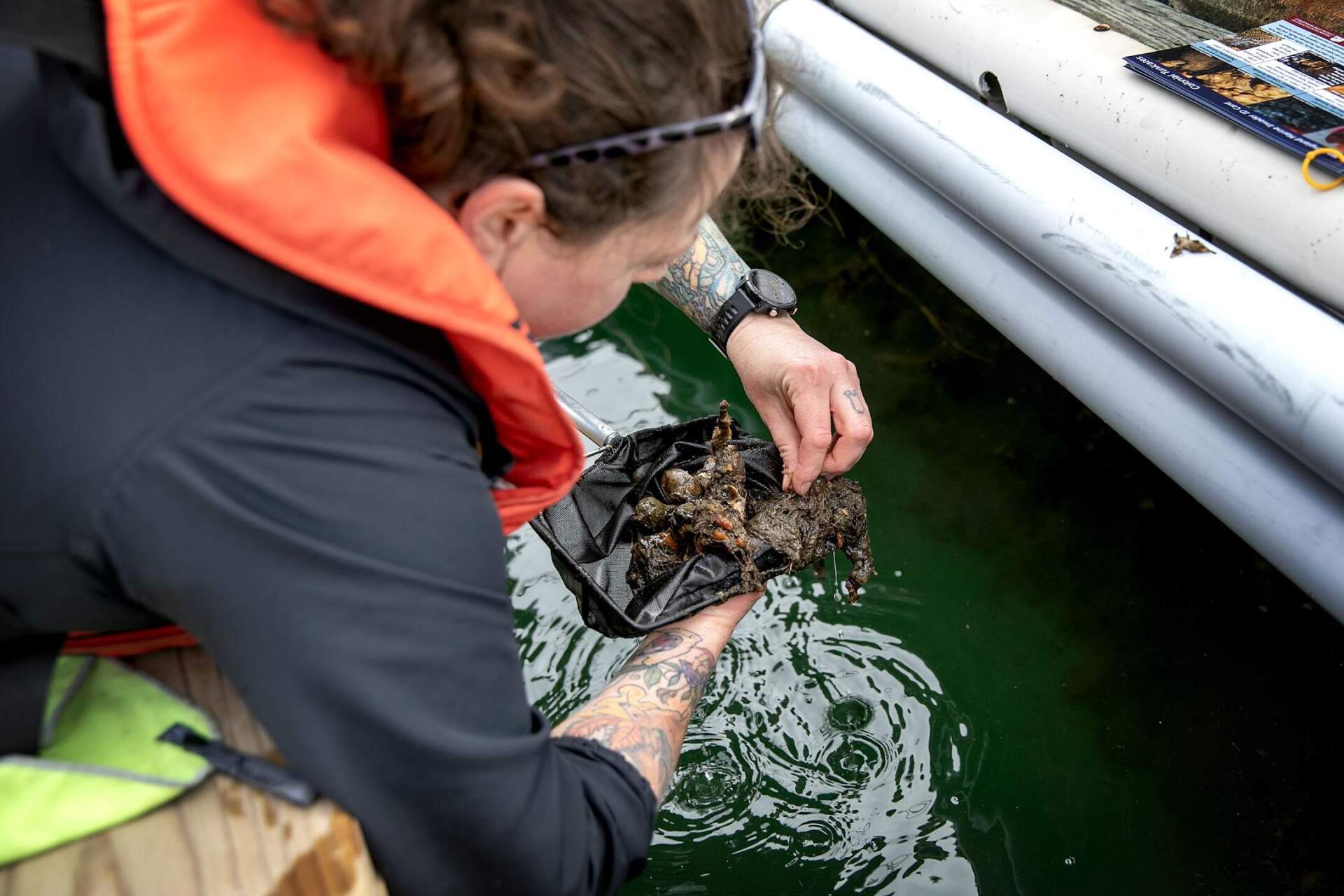
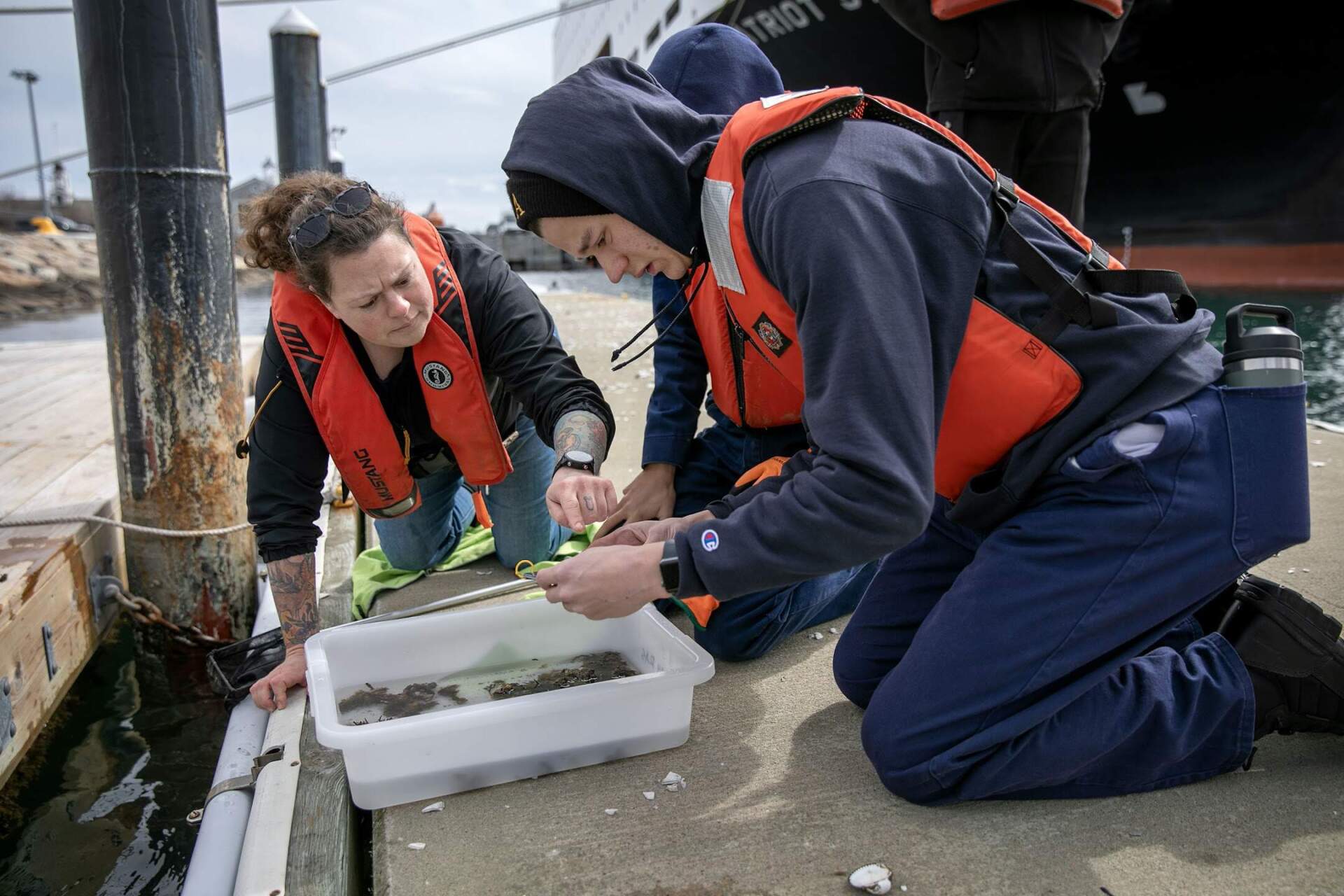
Sea squirts spend most of their lives caught to onerous surfaces like docks, the ocean flooring, fishing gear and even different animals. This could be a drawback for industrial fishing because the creatures can clog up gear and should push out native species.
On the dock, sophomore Dan Kowalski holds up a mussel lined in what seems to be like pancake batter. It is an invasive sea squirt, rising over the opening on the prime of the mussel’s shell.
“It makes it more durable for the mussel to filter feed as a result of it makes it more durable for them to open,” Kowalski defined. He stated college students frequently pull up baskets filled with useless oysters and mussels lined in sea squirts.
This wasn’t a problem 20 years in the past, in keeping with scientists. Marine biologists consider invasive sea squirts possible arrived in these waters after hitching rides on boats from around the globe.
Tunicates unfold shortly as a result of they don’t have any pure predators right here, Osborne stated. And so they’re good at tolerating quite a lot of environmental situations, which provides them an edge over their native counterparts that aren’t used to a lot environmental change.
Plus, some species of sea squirts develop in giant colonies, forming thick mats which are tough to do away with.
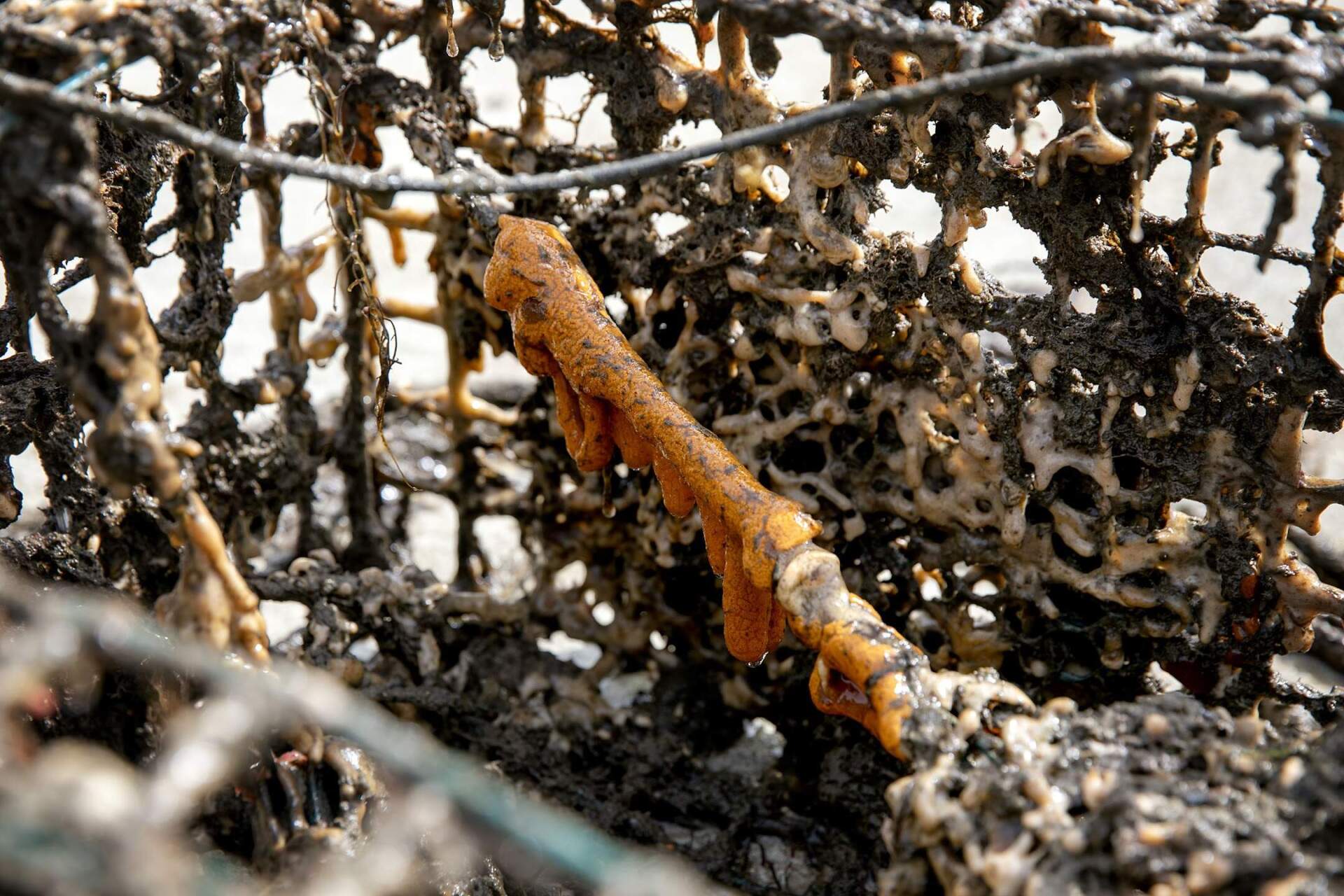
“When you had been to, as an instance, energy wash it off of some gear or the facet of a ship, you are fragmenting it. So it is simply being unfold,” Osborne stated. “All these little tiny items turn into new colonies of themselves.”
She’s observed extra of those invasive creatures in Buzzards Bay lately. “It’s extra typical while you pull up any form of pattern from the dock right here to get a non-native species than a local one,” Osborne stated.
Local weather change’s position
Scientists suspect hotter ocean temperatures linked to local weather change are giving invasive species like sea squirts extra time to breed, which fuels their inhabitants progress.
“We’re beginning to have these hotter winters. Then species can acquire a foothold,” stated Aly Putnam, a marine ecologist on the College of Massachusetts Amherst.
It additionally means the vary of locations the place a non-native species can comfortably dwell is increasing. Some species at the moment are capable of survive in areas the place they beforehand could not, Putnam stated.
For instance, sure invasive crimson seaweeds have been more and more noticed in northern areas, just like the Gulf of Maine.
As a result of non-native sea squirts can tolerate environmental modifications in methods native species may not, the brand new arrivals can disrupt meals webs. In excessive circumstances, they will result in species extinctions, stated Lexie Neffinger, a coastal habitat and water high quality specialist for the Massachusetts Workplace of Coastal Zone Administration.
“There is a sure equilibrium when you will have native species which have developed collectively over time,” she stated. “It is actually a query of biodiversity.”
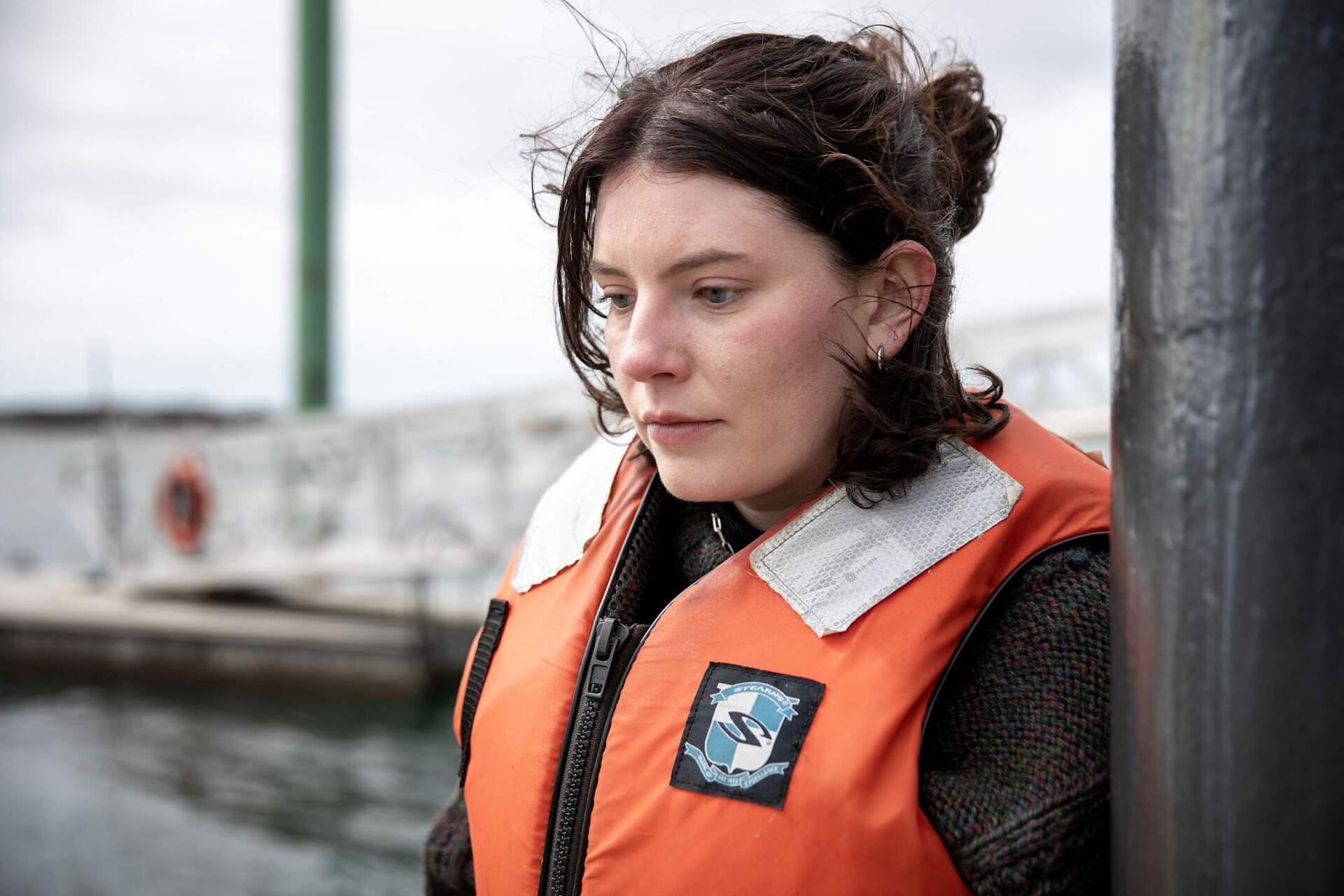
Fully eradicating an invasive marine species as soon as it is made a house presents specific challenges. Not like on land, the place it is likely to be potential to focus on a single plant species with an herbicide, for instance, Neffinger stated treating a complete physique of water would have an effect on native species, too.
“Getting underwater and having the ability to take away each single particular person of that species which are all reproducing is almost unattainable,” she stated.
As an alternative, Neffinger stated the purpose is stopping additional unfold. And that requires information on the place invasive species are transferring.
‘The finger on the heartbeat’
Each 5 years, Neffinger’s workplace coordinates a big survey of invasive marine species stretching from southern Massachusetts all the best way to Casco Bay in Maine.
A workforce of researchers scrape and pluck dwelling issues off docks and marinas, pulling up every part from crabs and sea squirts to algae. They’ve been counting established invasive species and logging new ones for almost 1 / 4 century.
The newest survey, performed in 2023, discovered a rise within the total variety of invasive species. The workforce recognized 32 in complete, and 1 / 4 of them had been sea squirts. In addition they discovered a sort of small filter feeding animal that lives in colonies, known as bryozoans, which hadn’t been recognized in any earlier surveys.
Adrienne Pappal, who oversees this effort, stated the vast majority of what the workforce sees are nonetheless native species. However the floor space of non-native species is rising.
And together with extra observations of established invasive species, Pappal stated, “usually we’re discovering some new species every time.”
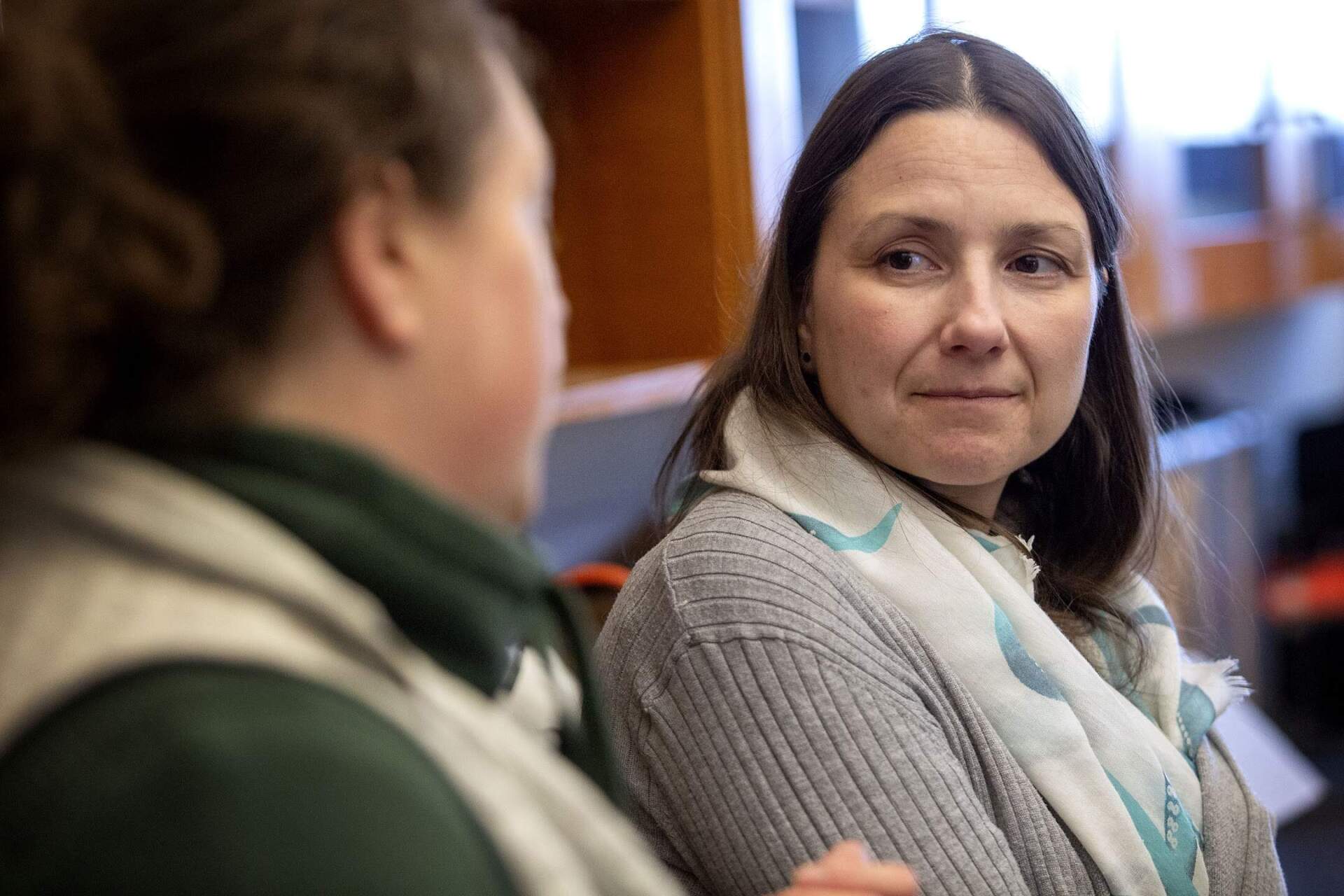
Monitoring the place these species are transferring permits state officers to do outreach and schooling on the right way to handle them. It additionally offers vital baseline information for a altering local weather, Pappal stated. The surveyors accumulate data on water temperatures, salinity ranges and even boat visitors.
“The extra we are able to get long-term information and long-term monitoring, the higher we will perceive our world and be capable of put together for future modifications,” she stated.
Putnam, the UMass Amherst marine ecologist, calls this massive survey the “finger on the heartbeat” of invasive marine species in New England. She participates within the survey, in addition to different monitoring efforts within the area.
“Information is energy,” she stated. “Even when a [new invasive] species is not in excessive density but, it is vital to know who’s right here.”
Trying to find the ‘teeny, tiny’
These efforts additionally have interaction college students like Aidan Webb, who helps out with an annual summer time survey that recruits volunteers round Massachusetts.
“I like being out within the area and on the areas the place you pull up only a big chunk of sea squirts and all the opposite seaweeds and stuff that is combined in,” he stated. “After which simply sorting by means of it and seeing what you will discover.”
Webb stated he’s gotten good at figuring out what’s native and what’s not.
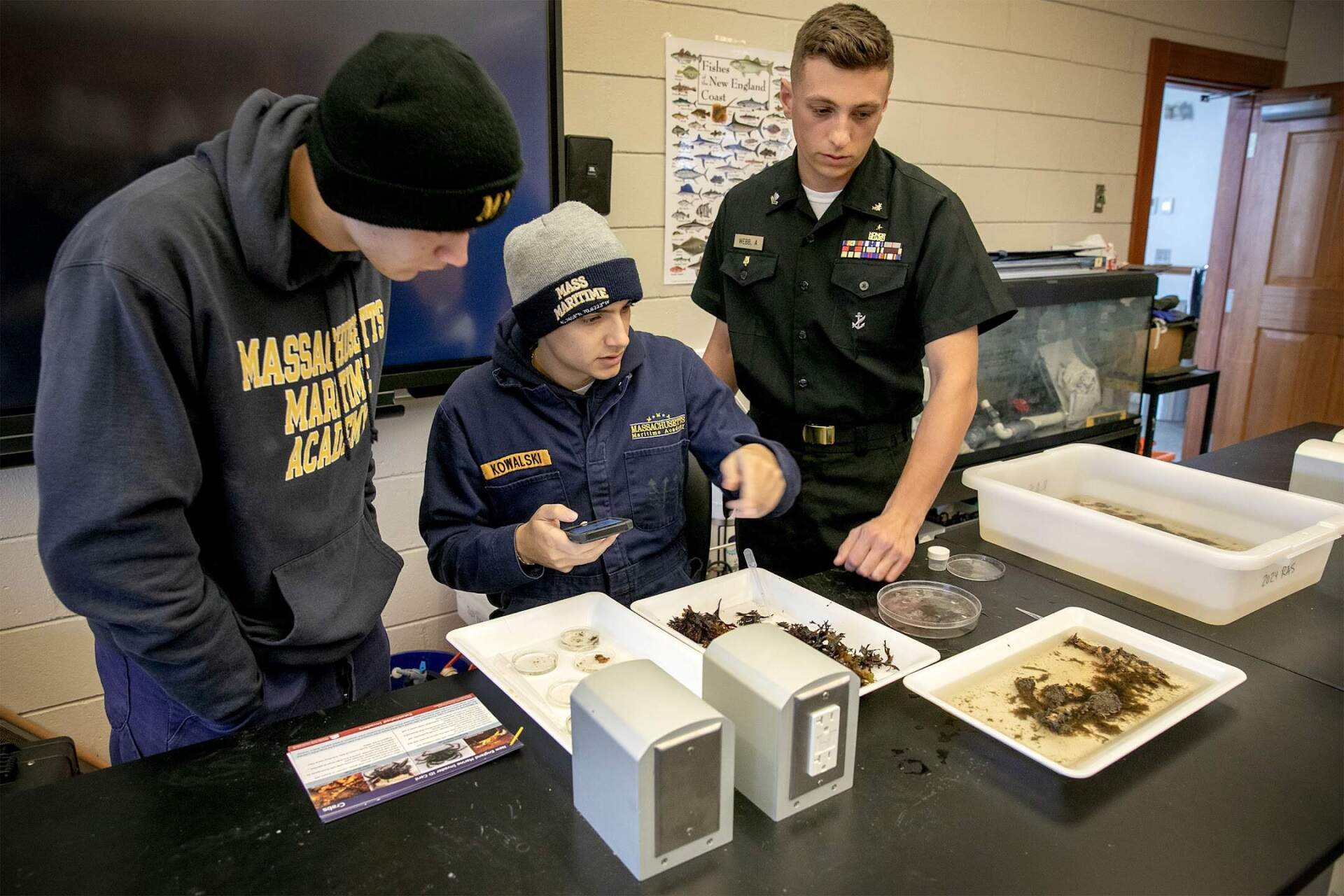
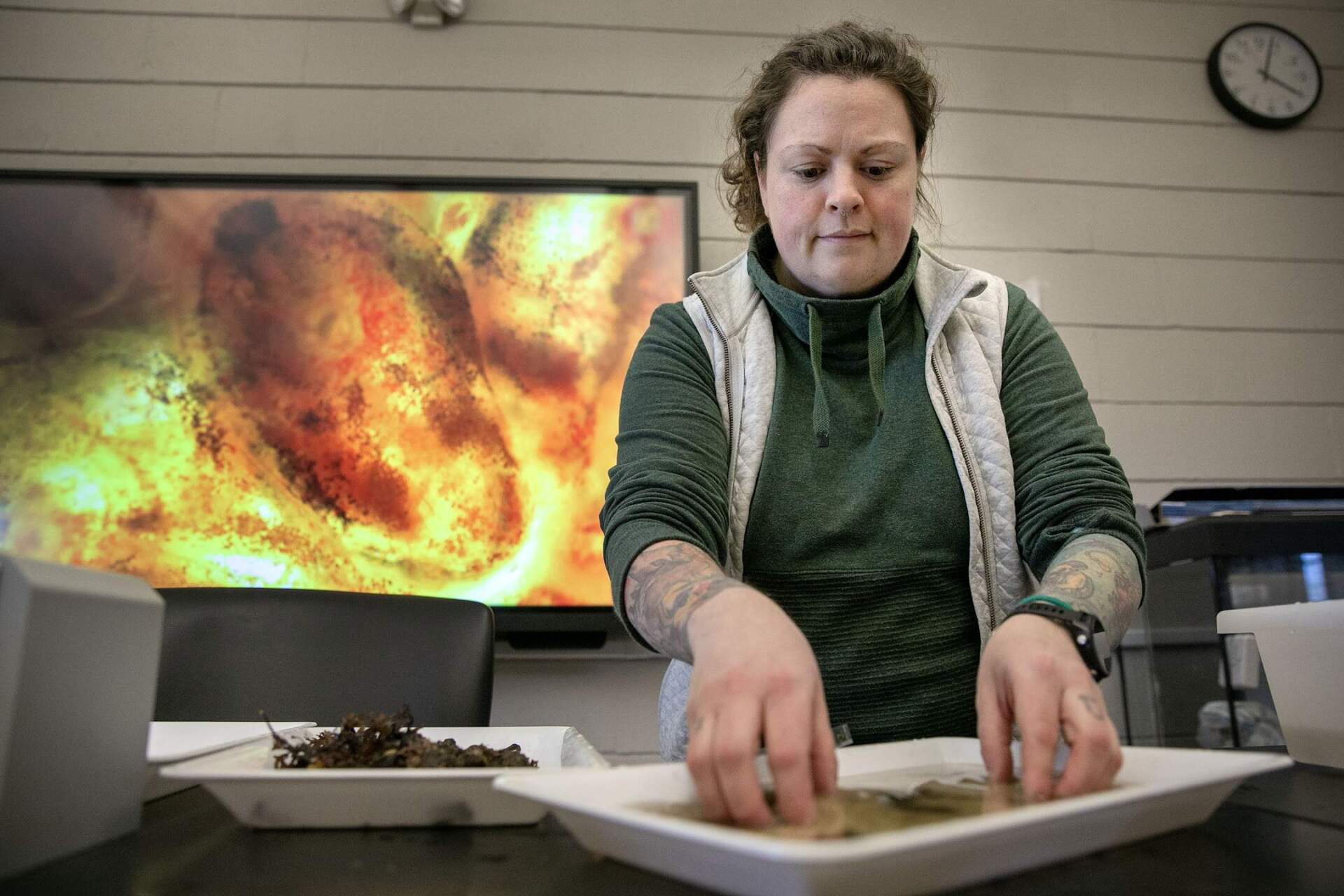
On the Buzzards Bay dock, he rattles off names as he pokes by means of a tray of specimens: “We received the skeleton shrimp right here. A mud crab.” He additionally finds a typical non-native sea squirt known as Ciona intestinalis, or sea vase.
When Webb spots a grape-sized tunicate known as molgula, Osborne, the sea squirt professional, will get excited. The one “teeny, tiny molgula” is a local species, she stated.
It’s one of many solely native sea squirts her college students discover all day.
As soon as the group finishes scraping, they tip the contents of the plastic trays again into the ocean — invasive species and all. The creatures are so properly established in these waters, Osborne says, eradicating them wouldn’t make a dent.
“The perfect method,” she added, “can be to maintain them out within the first place.”

